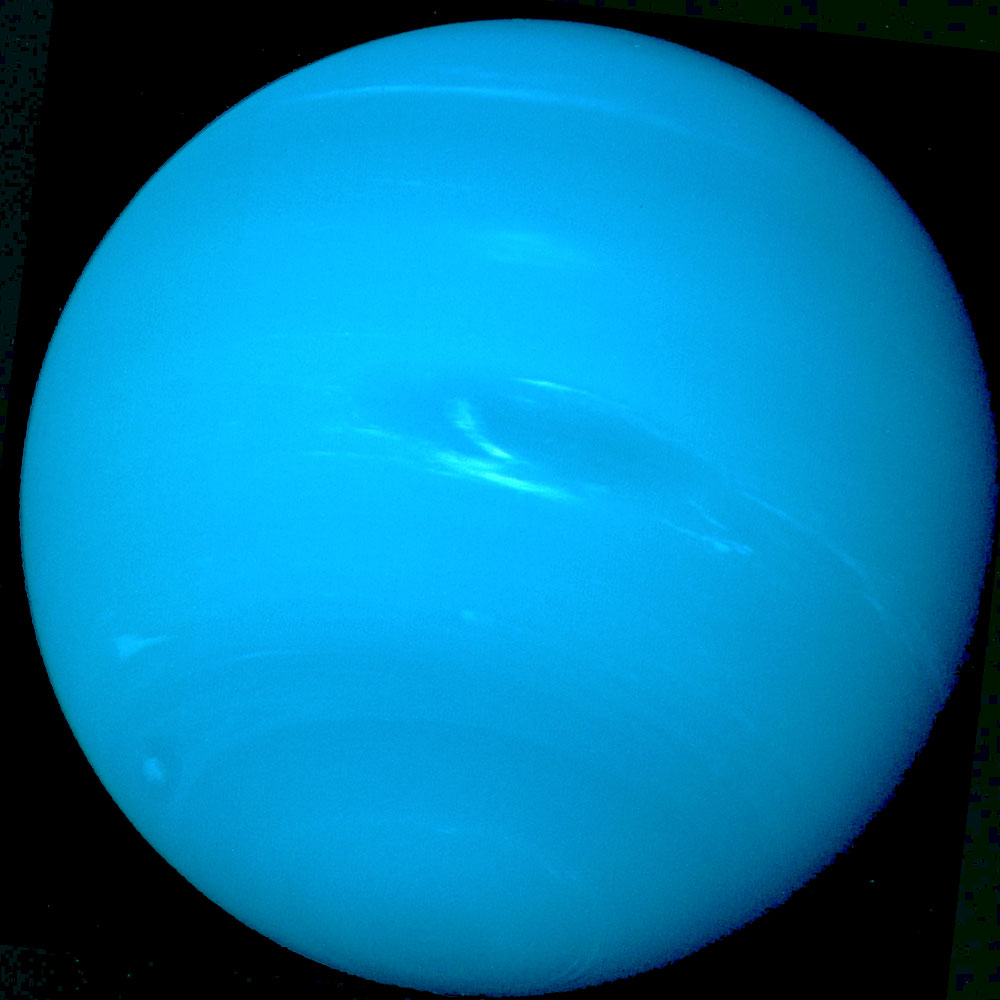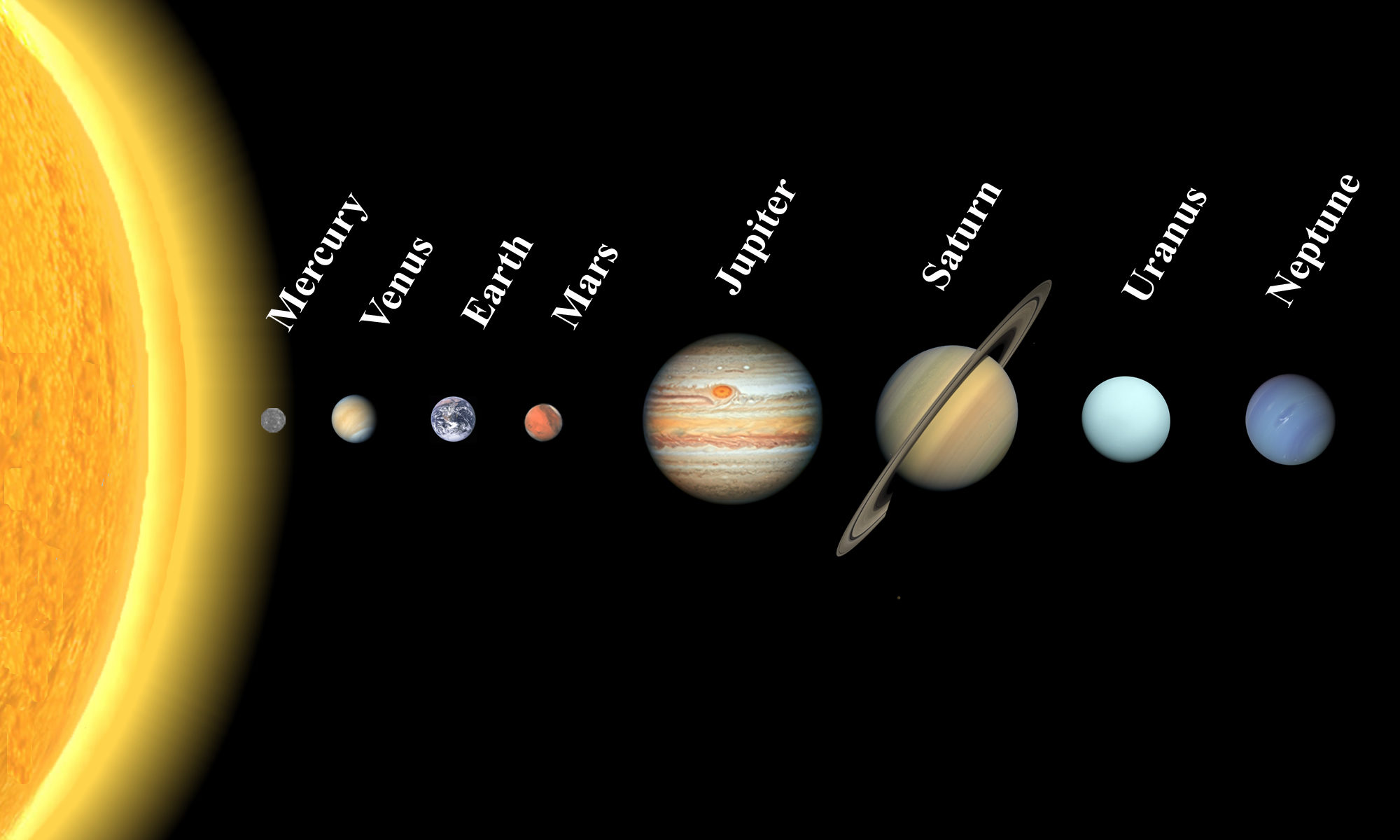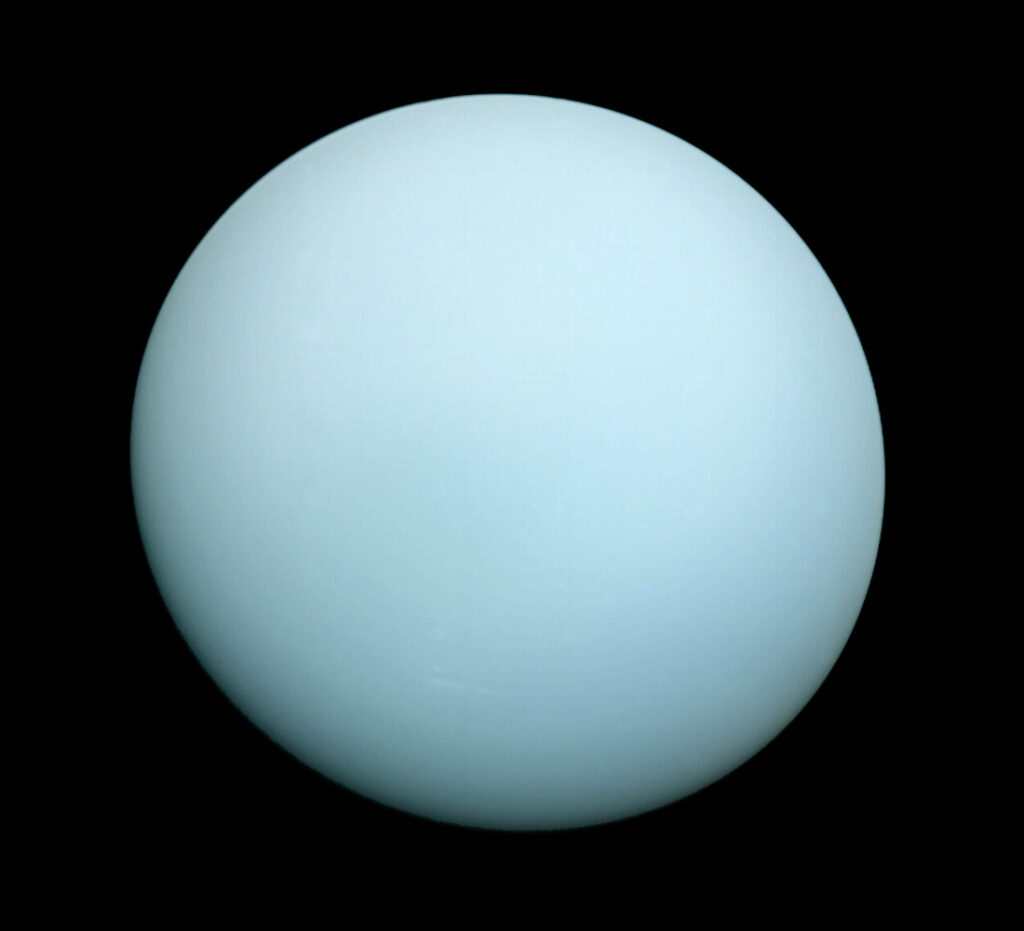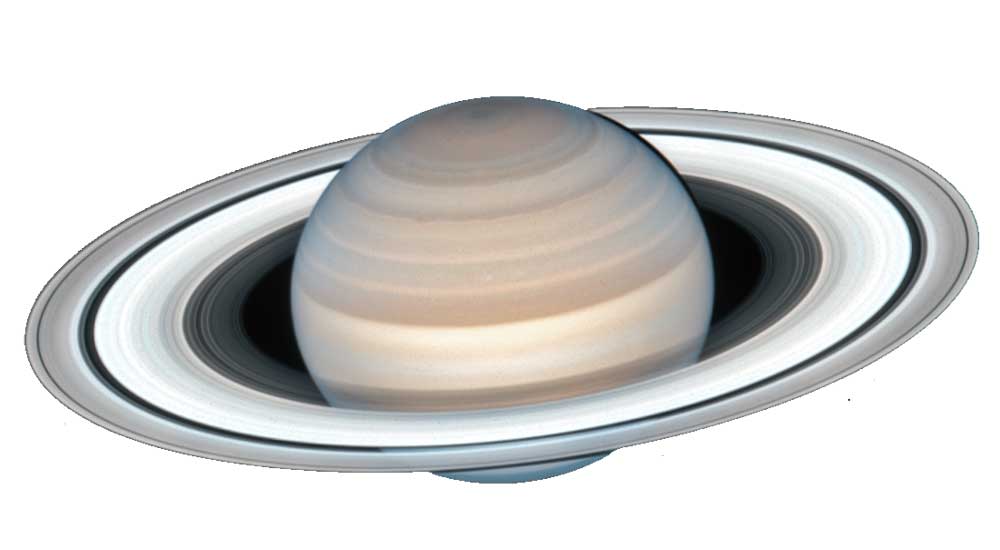Neptune is the 8th and farthest planet from the sun in our solar system. It was discovered on September 23, 1846 by German astronomer Johann Gottfried Galle. Neptune has a diameter of 49,528 kilometers and is 17 times the size of Earth. It has a mass of 1.0247 x 1026 kg and a temperature of -218 degrees Celsius. Neptune’s atmosphere consists primarily of hydrogen, helium, and methane. It has one moon, Triton, which orbits around it in a retrograde direction (opposite to the rotation of Neptune). In this article, we will explore all aspects of Neptune – its history, discovery, composition, temperature, moons, physical characteristics, mass, climate, orbit, formation, planetary rings, and observation.

Discovery
Neptune was originally discovered in 1846 by Johann Galle. However, its existence had been predicted by Urbain Le Verrier and John Couch Adams prior to its discovery. These two astronomers independently calculated the position of Neptune based on the observed perturbations (changes in position) of Uranus. When Neptune was finally observed, it was found to be very close to the predicted position.
Name & Symbol
Neptune is named after the Roman god of the sea. Its symbol is a trident, which is also the weapon of choice for this deity.
Diameter & Mass
Neptune has a diameter of 49,528 kilometers, making it the fourth-largest planet in our solar system. It is also the densest of the gas giants. Neptune’s mass is approximately equal to that of Earth’s moon.
Neptune planetary ring system
Neptune has a series of rings, which were discovered in 1968 by Edward F. Guinan. The rings are made up of ice and dust particles and are very dark. The rings are thought to be formed by debris from comets and asteroids that have broken up as they orbit Neptune. The gravitational pull of Neptune’s moons also plays a role in the formation and structure of the rings. Neptune’s rings are not as visible as Saturn’s, but they can be seen with a telescope. They are best seen when the planet is at opposition, which occurs every 165 years.
Climate
Neptune has a very active climate, with strong winds and large storms. The most famous storm on Neptune is the Great Dark Spot, which was observed by the Voyager spacecraft in 1989. This storm is about the size of Earth and is thought to be a giant cyclone.
Neptune’s Orbit & Formation
Neptune has an elliptical orbit around the sun, with a mean distance of about 30.07 AU (astronomical units). One day on Neptune (the time it takes for Neptune to complete one rotation) is about 16 hours. Neptune’s orbit is also slightly inclined with respect to the plane of Earth’s orbit (the ecliptic), making it the only planet in our solar system that is not orbiting in this plane.
Neptune is thought to have formed in the outer reaches of our solar system, beyond the “snow line”. This is the point beyond which water vapor can no longer condense into solid ice, due to the low temperatures. Beyond the snow line, it is thought that Neptune formed from a process known as accretion, in which smaller bodies collided and stuck together to form larger ones.
Moons
Neptune has 14 known moons, the largest of which is Triton. Triton is a strange moon, in that it orbits Neptune in a retrograde direction (i.e. it orbits in the opposite direction to Neptune’s rotation). It is also much colder than any other known body in our solar system, with a surface temperature of -235 degrees Celsius.
Observation & Voyager visit
Neptune is the only planet in our solar system that can’t be seen with the naked eye. You need a telescope to see it. The best time to view Neptune is in the summer months when it’s highest in the sky. But even then, it’s so far from Earth that it appears as a tiny blue dot. If you’re interested in seeing Neptune for yourself, there are a few things you need to know. First, you’ll need a telescope. Second, you’ll need to know where to look. And third, you’ll need patience!
Neptune was first visited by the Voyager II spacecraft in 1989. The Voyager Neptune spacecraft made its closest approach to Neptune, coming within about 5000 km of the planet’s cloud tops. This was the first time a spacecraft had visited Neptune since the planet was discovered in 1846. This spacecraft made detailed measurements of Neptune’s atmosphere and took photographs of its moons.
The Voyager mission provided new insights into Neptune’s atmosphere and weather patterns. For example, researchers discovered that Neptune has a very active atmosphere, with winds reaching speeds of up to 2000 km/hr. They also found that the planet’s temperature varies widely from -210 degrees Celsius at the poles to -130 degrees Celsius at the equator.
In recent years, Neptune has been studied extensively by the Hubble Space Telescope. These studies have revealed much about Neptune’s climate and have led to the discovery of several new moons. Neptune is also a target for future missions, such as the James Webb Space Telescope, which will be launched in 2018.
Conclusion
Neptune is a fascinating planet, and we have only scratched the surface of what there is to know about it. I hope this article has whetted your appetite for learning more about this distant world. Thanks for reading!
Do you have any questions about Neptune that I can answer? Let me know in the comments below!
References:
[^]: (n.d.). Retrieved from Wikipedia: Neptune. (2018, March 13). In Wikipedia, The Free Encyclopedia. Retrieved 20:37, March 13, 2018, from Neptune.
[^]: (n.d.). Retrieved from NASA Solar System Exploration: Neptune. (2018, March 13). In NASA Solar System Exploration. Retrieved 20:37, March 13, 2018, from Neptune.
[^]: (n.d.). Retrieved from space: A Comprehensive Guide to Neptune: History, Discovery, Naming, Physical Characteristics, Climate, orbit, Formation, Moon, Observation. (2018, March 13). In Space.com. Retrieved 20:37, March 13, 2018 from A Comprehensive Guide to Neptune: History, Discovery Naming Physical Characteristics Climate orbit Formation Moon Observation.
[^]: (n.d.). Retrieved from Universe Today: Neptune. (2018, March 13). In-Universe Today. Retrieved 20:37, March 13, 2018, from Neptune.
[^]: (n.d.). Retrieved from Britannica: Neptune. (2018, March 13). In Encyclopædia Britannica. Retrieved 20:37, March 13, 2018, from Neptune.
[^]: (n.d.). Retrieved from NASA Solar System Exploration: Neptune’s moons. (2018, March 13). In NASA Solar System Exploration. Retrieved 20:37, March 13, 2018, from Neptune’s moons.



